Table of Contents
Magma Geothermal Energy
Conventional geothermal power generators use steam from around the world to generate electrical power. In the magma power grid, heat heated from magma around 1000 ℃ is often wont to generate strong steam for driving the turbine within the power station. We have been seeking natural high-heat sources.
| Aspect | Description |
|---|---|
| Origin | Magma originates from the Earth’s mantle and can be found near tectonic plate boundaries and hotspots. |
| Temperature | Magma can have temperatures ranging from 700°C to 1300°C (1300°F to 2400°F). |
| Form | Magma is molten rock that contains a mixture of liquid, solid, and gaseous components. |
| Conversion to Energy | Direct heat exchange or the use of heat from magma to produce steam, which drives turbines. |
| Benefits | 1. Extremely high temperatures can lead to efficient energy production. |
| 2. Sustainable and reliable energy source as long as the magma chamber remains active. | |
| 3. Reduces reliance on fossil fuels and decreases greenhouse gas emissions. | |
| Challenges | 1. Only feasible near tectonic plate boundaries and hotspots. |
| 2. Potential for volcanic and seismic activity, posing risks to infrastructure and communities. | |
| 3. High costs associated with drilling into or near magma chambers. | |
| 4. Corrosion and wear-and-tear of equipment due to extreme temperatures. | |
| Environmental Impact | 1. Low carbon emissions when compared to fossil fuels. |
| 2. Possibility of inducing earthquakes if not managed correctly. | |
| 3. Disposal of mineral-rich brines can pose environmental challenges. | |
| Current Use | Relatively limited due to technical challenges. Few projects globally have attempted to harness it. |
| Potential for Future Use | Significant if technological advancements allow for safer and more efficient extraction. |
| Comparison with Traditional Geothermal | Magma provides much higher temperatures than traditional geothermal reservoirs, leading to potentially higher efficiencies. However, it’s also associated with greater risks and challenges. |
While magma energy is promising, it’s important to recognize the complexities associated with harnessing such a resource. The challenges listed above are among the reasons why magma energy hasn’t yet seen widespread adoption. However, with technological advancements, this might change in the future.
Perfect geothermal site for Magma geothermal energy source
For heat to succeed there must be heat, it must be accessible, and you want to be ready to move water around it. These three simple requirements are often difficult to seek out together. Across most of the earth, the recent material is just too at heart to be economically accessible.
The temperature of the Earth’s crust generally increases by 25°C for each 1km depth; for geothermal to be economical that value must be nearer 50 or maybe 150°C/km. That means you would like to be near something geologically unusual: either thinned crust (so you’re closer to the recent mantle), or features like plate boundaries or volcanoes which can direct heat or magma toward the surface.
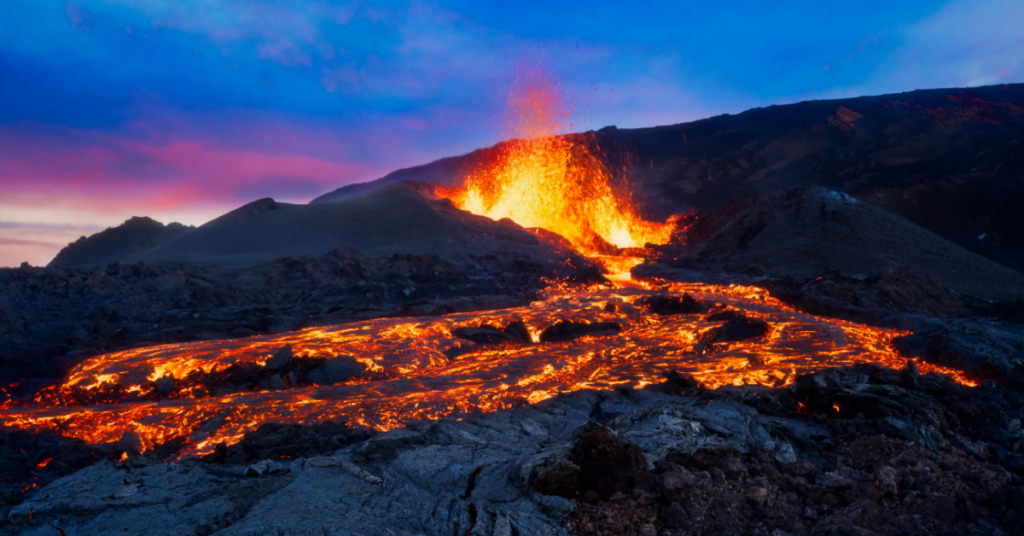
Magma geothermal energy source Condition
If that condition is met you want to still be ready to move water around. Rocks aren’t all alike, as some can allow water to simply flow through the pores and limits between grains, while others are more sort of a barrier. If water cannot flow to the borehole then it can’t be delivered to the surface.
If the recent area doesn’t have any natural water then engineers can pump some down. However, if the rocks prevent it from flowing and dispersing then the water will simply cool the world immediately around the borehole, making it pointless in geothermal terms.
As with gold, rare-earth elements, or good farmland, the geology of a neighborhood controls access to the present valuable resource. Anywhere with active volcanoes could potentially enjoy the heat geothermal exploration being pioneered by the IDDP. That includes every country around the Pacific Ring of Fireside – a chance perhaps to extract some enjoy the volcanoes that dot their landscapes.
When a team of scientists drilling near an Icelandic volcano hit magma in 2009 they had to abandon their planned experiments on heat. But the mishap could point thanks to an alternate source of geothermal power.
That compares to five to eight megawatts produced by a typical geothermal well, Elders said. Iceland already gets about one-third of its electricity and most of its home heating from geothermal sources. Drilling into the Krafla caldera as a part of the Iceland Deep Drilling Project, an industry-government consortium, to check whether “supercritical” water — extremely popular water under very high pressure — might be exploited as a source of power.
They planned to drill to fifteen thousand feet (15000 ft) — quite two miles deep– but at 6,900 feet, magma (molten rock from the Earth’s core) flowed into the well, forcing them to stop. The composition of the magma from the borehole is additionally providing insight into how magma forms beneath Iceland, Schiffmann said. There are many advantages, disadvantages, and application of geothermal energy
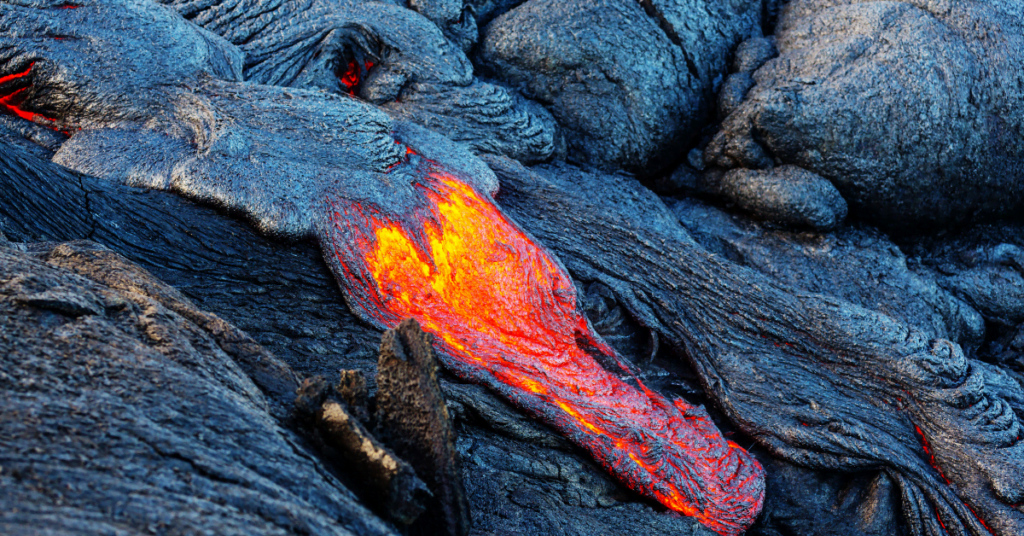
Also, read about role of individuals in the conservation of natural resources






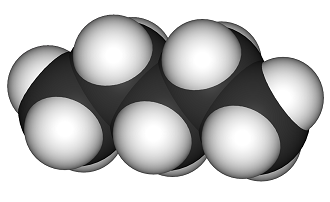
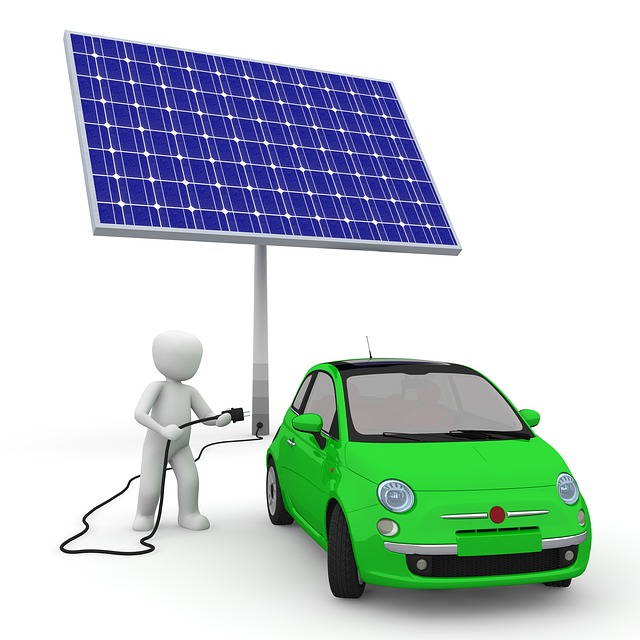
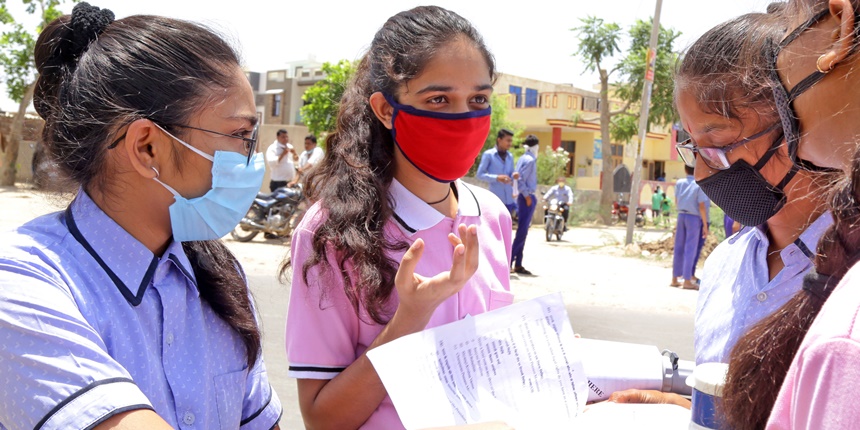




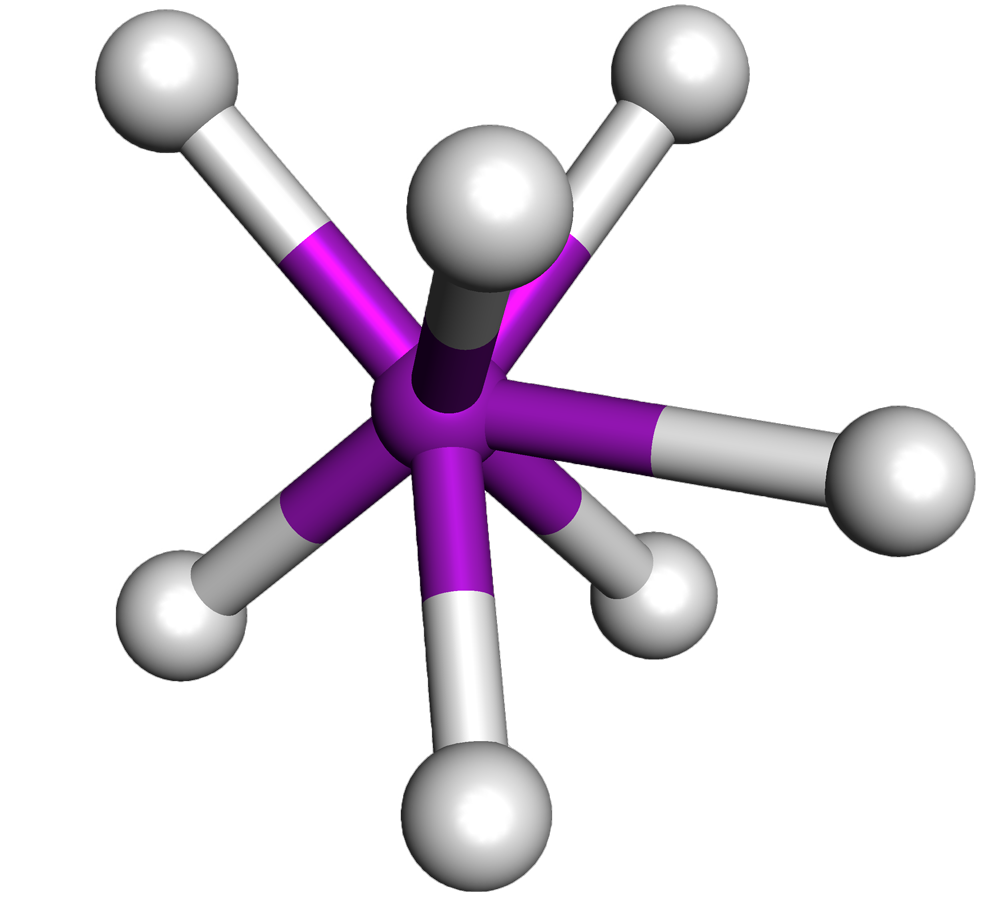
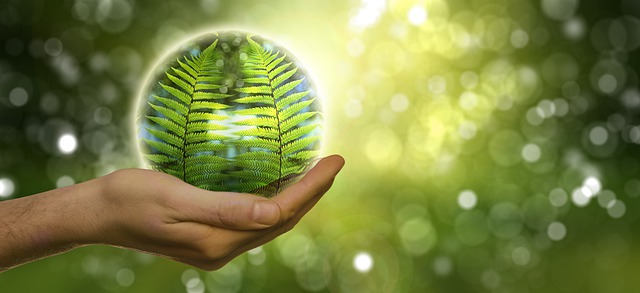

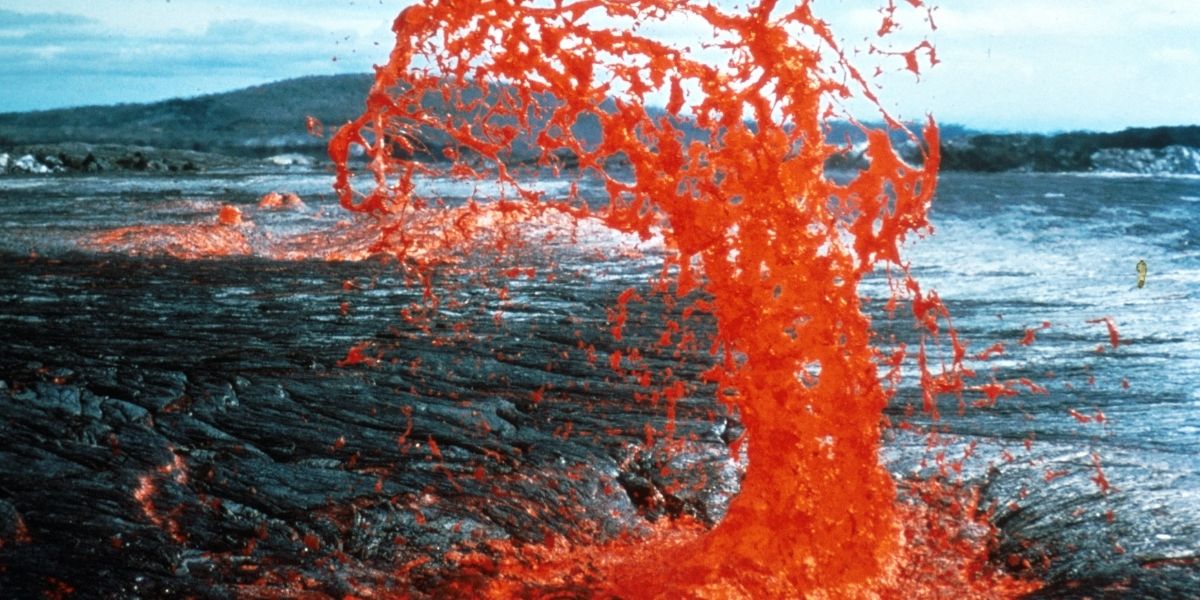

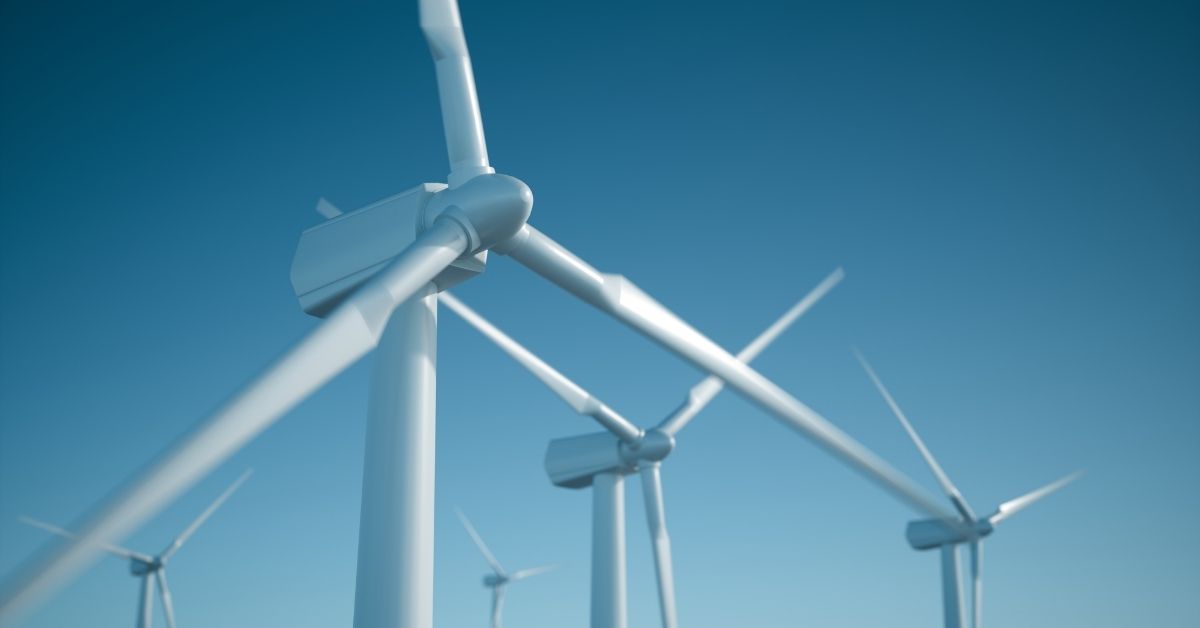
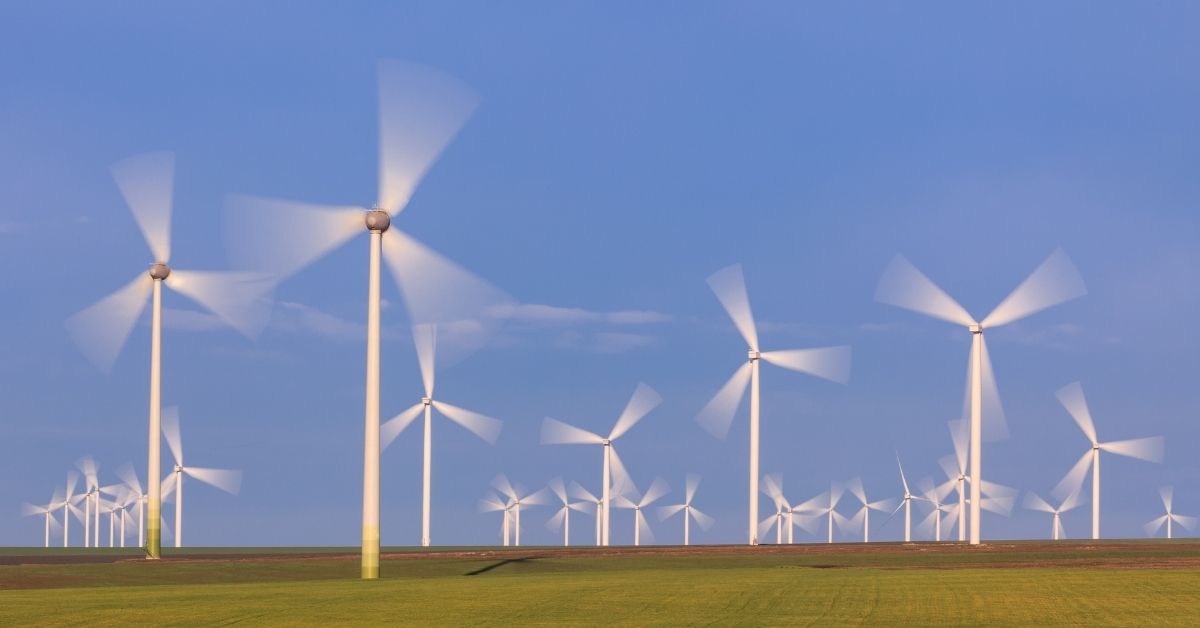

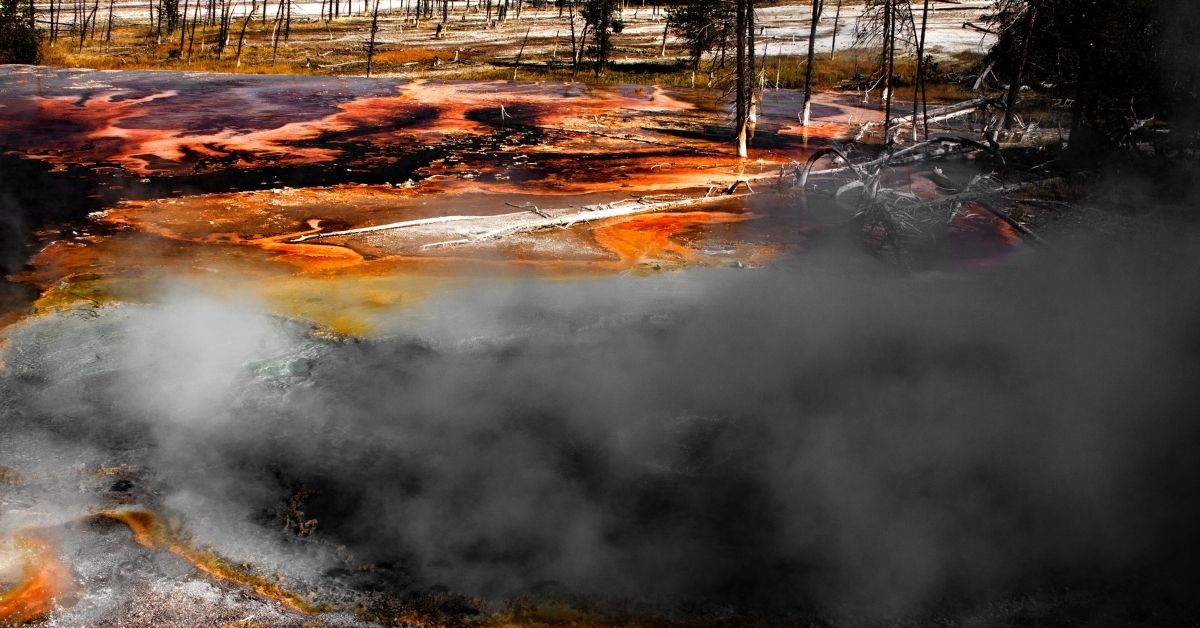
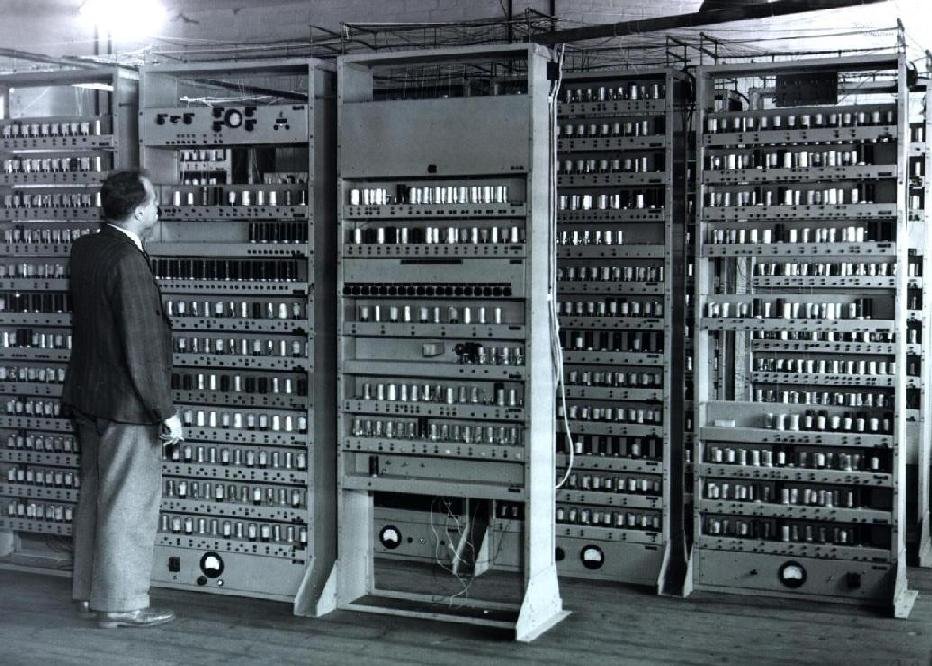

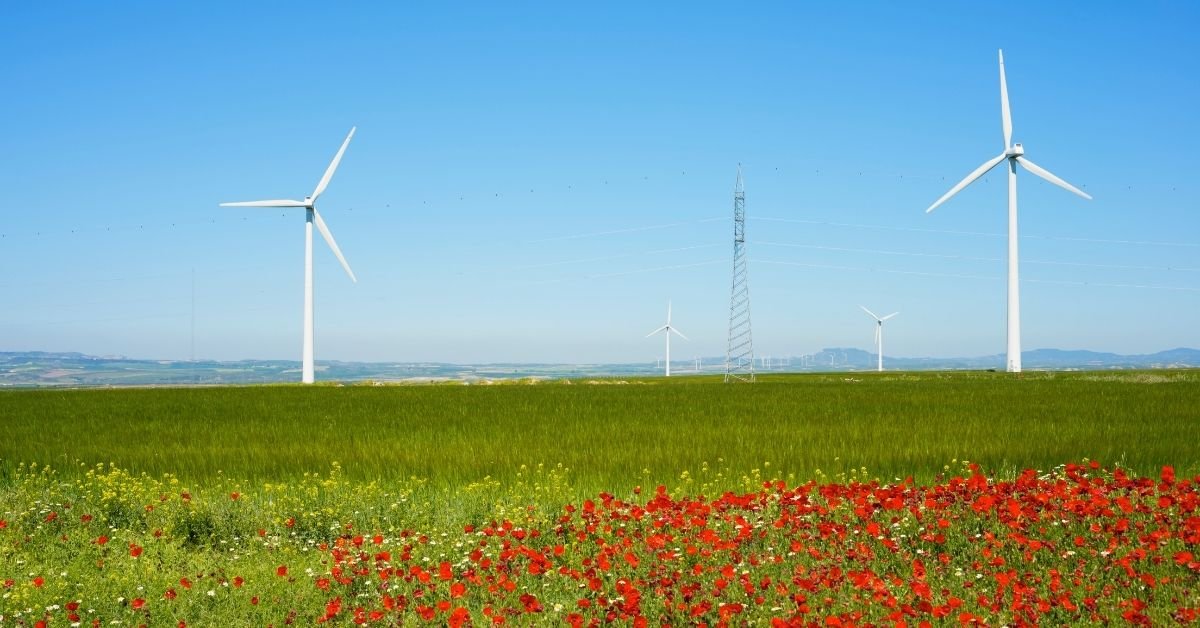
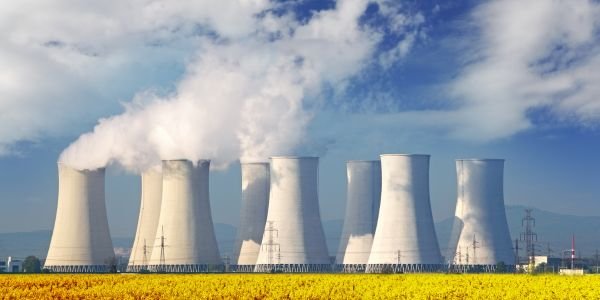

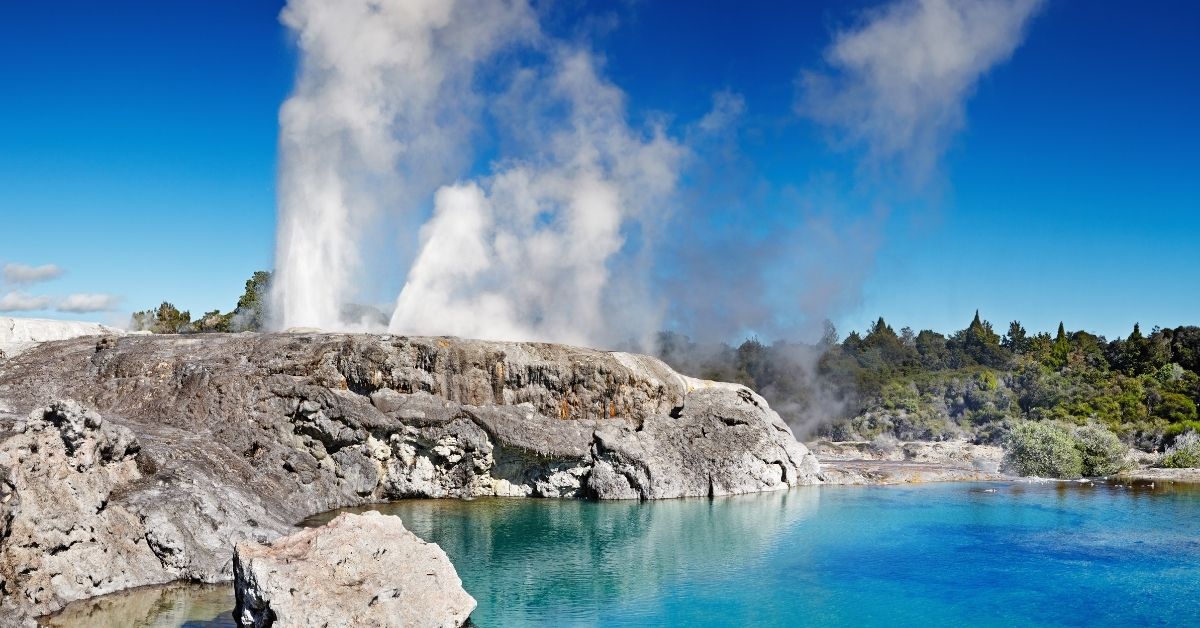
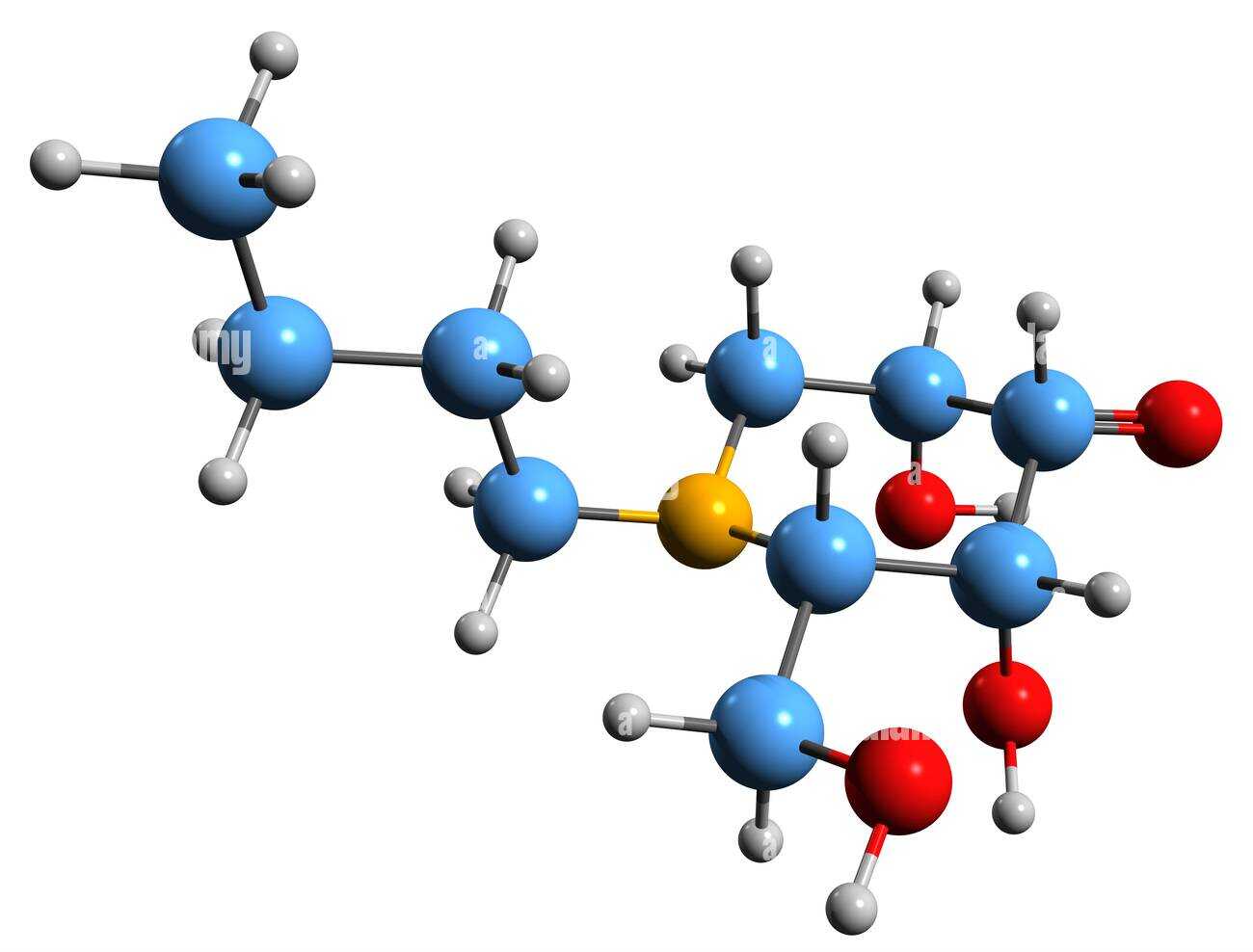
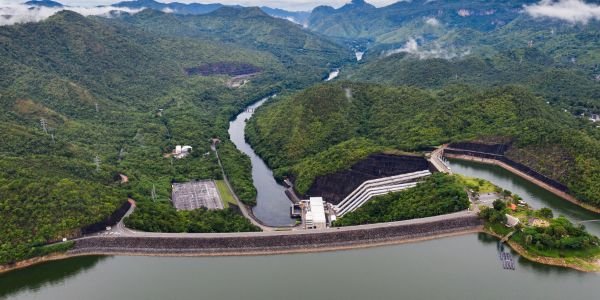
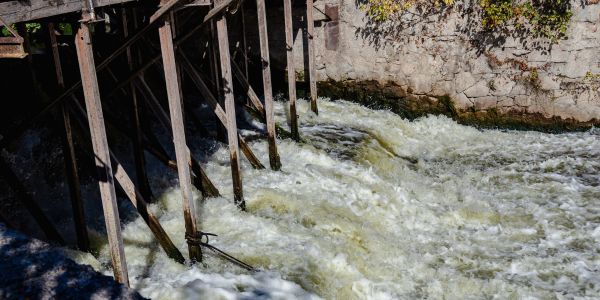
Comments on “Magma Geothermal Energy Source”